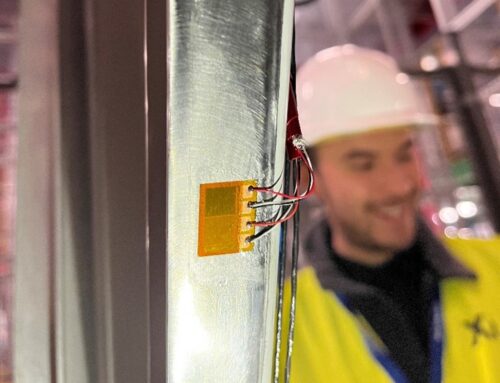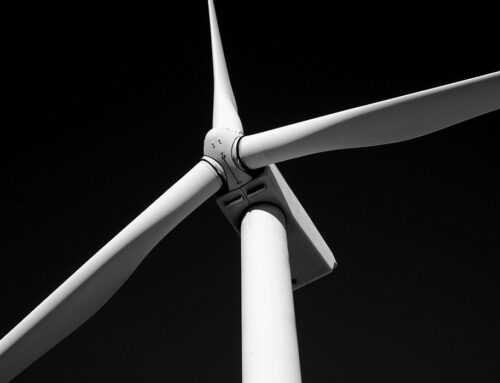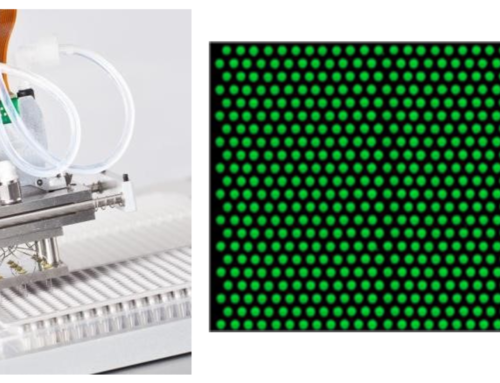Motorcycle Measurement
Xi Engineering were producing a model of a motorcycle which would take a drive cycle as an input and output various parameters. Real-world data was required in order to validate this model, so it was decided that the motion of a real motorcycle should be recorded as it was driven on a pre-determined drive cycle. The following parameters were to be measured:
- Position
- Heading
- Altitude
- Velocity
- Acceleration
- Roll, pitch and yaw
- Wheel speed (of each wheel independently)
- Suspension displacement (of each wheel independently)
- Tyre pressure
- Velocity of wind experienced by motorcycle
- Direction of wind
Measurement Solution
A measurement of various drive cycles (urban and extra urban) was designed. An AIM EVO 5 data logger was used as a measurement hub. This data logger was attached to the motorcycle along with sensors which would measure all of the required parameters simultaneously as the motorcycle was driven along its route.
- Position, heading, altitude and velocity were all measured by the data logger’s on-board GPS
- Acceleration, roll, pitch and yaw were measured by the data logger’s on-board gyroscope
- Wheel speed was measured by magnetic hall effect sensors attached to the wheels
- Suspension displacement was measured by displacement potentiometers attached alongside the suspension
- Tyre pressure was measured by wireless tyre pressure sensors mounted to the tyre valves
- Wind velocity and direction were measured by an anemometer mounted to the front of the motorcycle
The motorcycle was driven along pre-determined routes which approximately corresponded to an urban and extra urban drive cycle, with the sensors feeding data into the data logger, which was recording everything at a sampling frequency of 10 Hz. The data was then wirelessly transmitted (via Wi-Fi) to a laptop for analysis.
g system is modular and easy to use: a printhead may be simply docked to a fluid aspiration device (JetSpyder™), which draws fluid samples from well plates containing fluid samples. The JetSpyder™ is removed allowing the printhead to then deposit well-controlled arrays of fluid droplets, with a precision on the order of 10 microns, onto slides or other media for analysis. In the operation of a modular fluidic system, however, it is complex and time-consuming to ensure correct mounting for operation, e.g. making sure seals are tight and fluid paths are well-aligned.
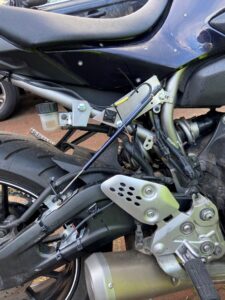
Figure 1 – shock absorber displacement sensor and wheel speed sensor mounted to the motorcycle
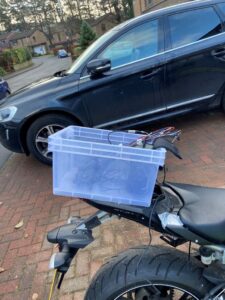
Figure 2 – Aim Evo 5 data logger in a box mounted to the rear of the motorcycle
Benefits of Real-World Measurements
The measurement campaign allowed comparison of how the motorcycle model was working to the real-world data, leading to refinements in the motorcycle model. This approach is vital for producing robust and useful models for our clients.
Technical Role
Xi designed and performed the measurement campaign from the ground up – from researching the best sensor solutions, attaching sensors in a safe manner to the lucky Xi member of staff who spent a few afternoons driving a very distinctive looking motorcycle around the roads of Edinburgh. This fed through to analysing the captured data and then incorporating it into the model.
Software Used
- Race Studio 3 – is the software which was used to configure the data logger to accept data from all sensors, and to control the data logger (i.e. stop and start recording). This software conveniently allows export of all collected data to .csv files,
- Matlab – was used to import .csv files for further processing

